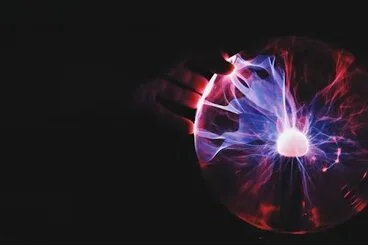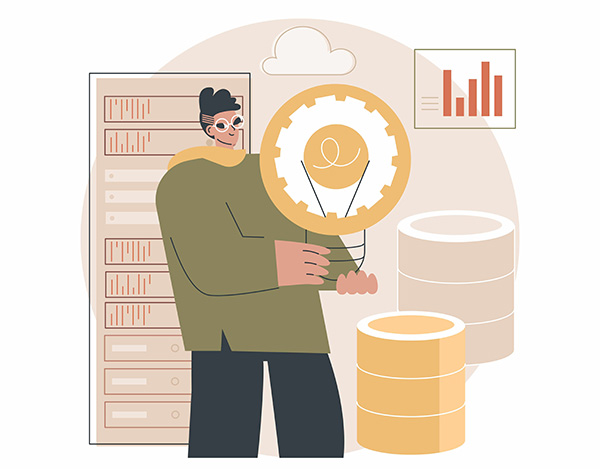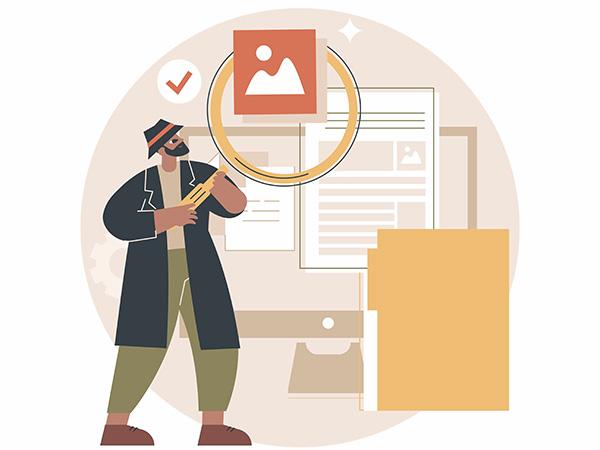

About the service
Patent licensing is a process of granting permission to a third party to use, make, sell, or distribute a patented invention under specific terms and conditions set forth in a legally binding agreement. The agreement, often referred to as a license, outlines the rights and limitations associated with the usage of the patented technology. These services are crucial for both patent owners (licensors) and licensees, as they facilitate the lawful use and commercialization of patented innovations.
In other terms licensing a patent is a mutual agreement between individual or companies. In patent licensing, a patent holder ownership retains in the invention and the patent holder can have royalty payment on the product. It is always best to license your patents to a company that is one of the top players which has captured market interest already in the domain of your inventions.
Overall, patent licensing aims to facilitate the proper utilization of patented inventions, benefiting both patent holders and licensees by fostering innovation, driving commercialization, and creating mutually beneficial business arrangements.

Methodology
The methodology for carrying out Patent Portfolio Licensing is described in various steps as follow
Identifying the Patents
Many companies have multiple patents in their portfolio but the decision to choose the one to license is crucial. The step of categorizing the patents based on their importance to the current and future business strategy, technology, etc. helps in identifying the patents that can be licensed to competitors or closely related companies.
Ranking the Patents
The patent portfolio ranking can be based on various parameters like technical score, legal score, commercial score, etc. and assigning the patents a cumulative score.
Conducting Detailed search
Conducting a detailed infringement search for each selected patents to identify infringing products/technologies of target companies.
EoU Claim Charts
Preparing detailed EoU claim charts with proper mapping and colour coding to clearly indicate the presence of the claim elements in the infringing product/technology.
Patent Valuation
Patent valuation is a method to evaluate factors like commercial feasibility, marketability, license-ability, associated risks and other factors, to calculate the market value of a patent.
Buyer Identification
Once we have done analysis on your patents to shortlist potential infringers or licensors/buyers, we can extend our support in identifying relevant contact persons at these firms, their email address and phone numbers. The list can be extended to identify other similar companies/ competitors of infringing companies
Why Choose us?
We have a team of experienced workforce, consisting of Engineers, Bachelors, Masters and PhDs from various technical backgrounds, including Computer Science and Information Technology, Electronics and Communications, Electrical, Mechanical, Chemical, Biotechnology, Pharmaceuticals and Life Sciences domain.
Many of our team members have a Law degree in addition to the technical degrees making them ideal for Intellectual Property related services.
We provide comparative statistical analysis and deep-dive investigation of patent portfolio.
We provide customized analytics and interactive charts based on taxonomy and geographical distribution.
We provide customized pricing plans for each budget and set of requirements.
Case Study
A leading firm from Japan approached us to prepare around 40 Evidence of Use (EoU) charts from a portfolio of 1500 semiconductor-related patents, for licensing purpose. We followed a 3-step approach to achieve the objective. First, we extracted a set of top 400 patents using Semi-automated analysis (using Effectual’s proprietary algorithm based on objective parameters) from the given set of 1500 patents. Secondly, we performed HML analysis on the top 400 patents to extract top 100 patents for detailed manual analysis. Lastly, we performed manual analysis on top 100 patents to identify potential targets for EoU charts. Based on our analysis, more than 40 EoU charts were prepared from the given set of 1500 patents. The client highly appreciated us for our results.
A leading firm wanted Effectual Services to mine good patents from their portfolio and prepare Evidence of Use (EoU) charts from patent portfolio, targeting a given product portfolio of a leading player in the market. We followed a mix of patent portfolio mining and HML anlysis approach to achieve the objective. Firstly, we prepared a technology taxonomy based on the product portfolio given by the client and extracted relevant patents from the given patent portfolio using the prepared technology taxonomy. Secondly, we extracted a set of top patents using semi-automated analysis from the relevant set of patents and performed HML analysis on the top patents to extract a set of patents for detailed manual analysis. Lastly, we performed manual analysis on the extracted set of final patents to identify potential targets for EoU charts. Finally, we delivered EoU charts which were prepared from the given patent portfolio targeting the given product portfolio. We were appreciated by the client over the call.
A US- based corporation was interested in finding potential licenses and patent infringers for their protected IP Assets. Effectual services performed efficient manual ranking and classifications to examine the given collection of patents. We carried out several analyses, such as ranking of IP assets, locating probable infringer and EoU claim charts mapping. We provided a comprehensive report that included a list of possible licensees and infringers along with their infringing product. Our analysis helped the client to make informative decision related to the licensing opportunities. The client was quite impressed by our output.






